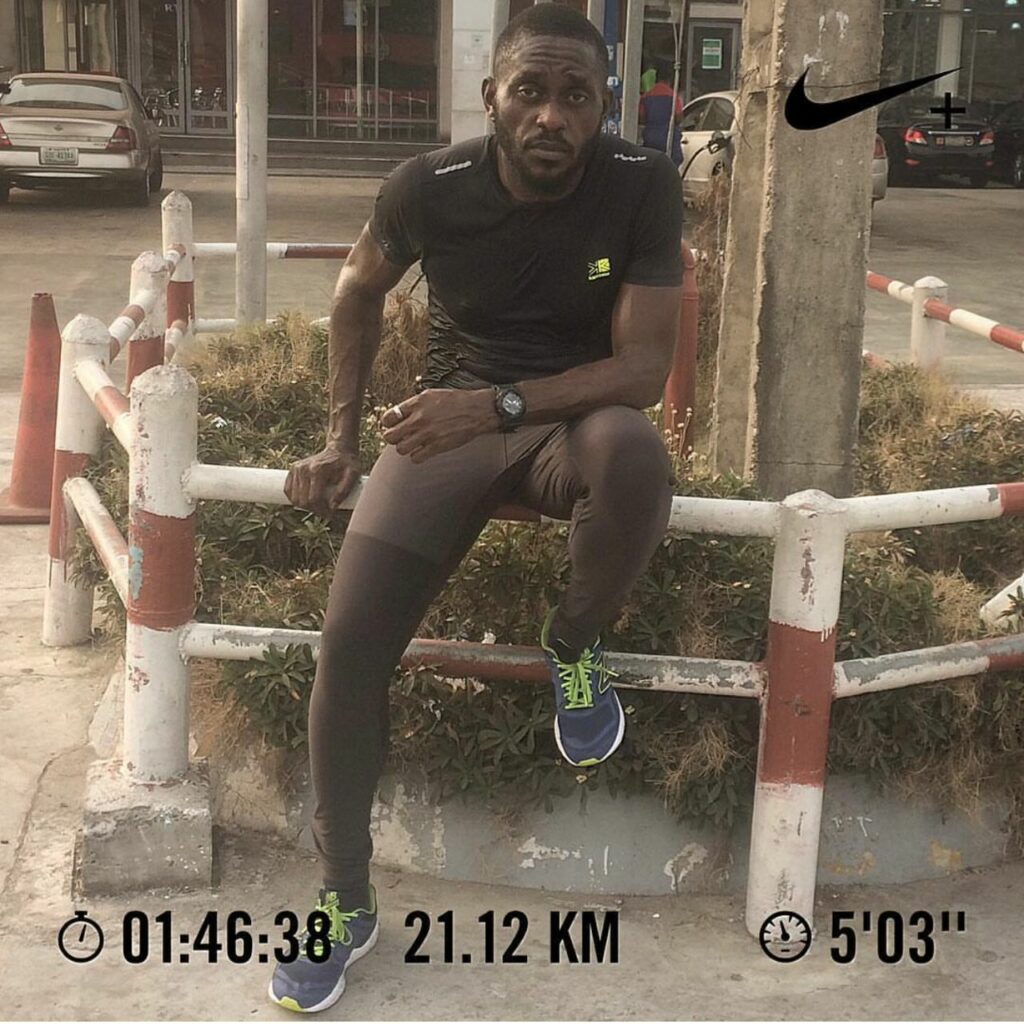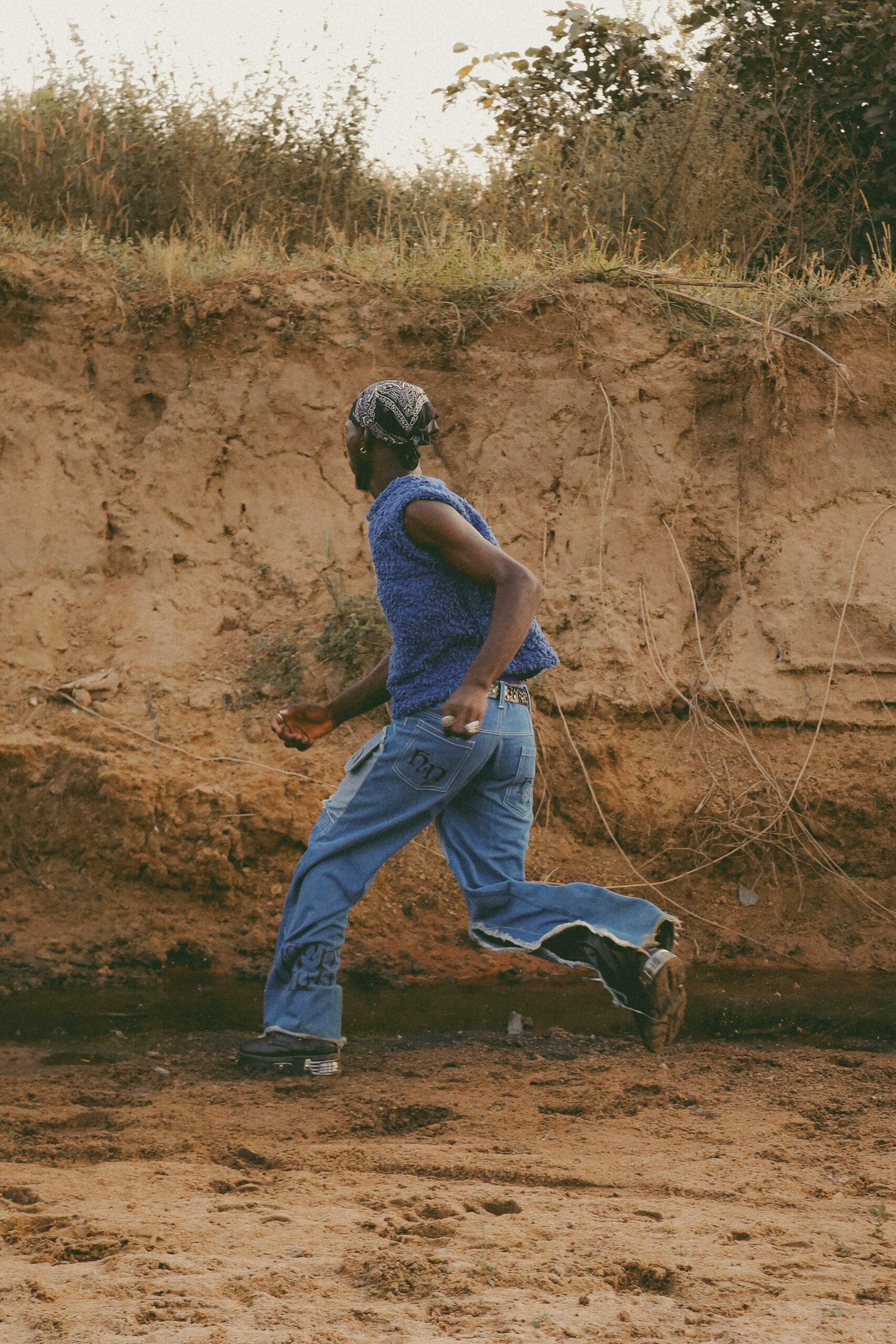Hit the Ground Running (Without Getting Hurt): Most Common Running Injuries and How to Avoid Them
If you’re like most runners, you’re probably putting in hundreds or even thousands of kilometers each year. All those foot impacts have a cumulative influence on your muscles, joints, and connective tissue. Here are some of the most frequent running injuries and ailments, as well as some strategies to relieve the pain:

Injuries Associated with Running
1. Injury to the Hamstrings
During the swing part of your running cycle, your hamstrings assist in decelerating your lower leg. As a result, your hamstrings may be more prone to injury if they are tight, weak, or weary. Distance runners, unlike sprinters, are less likely to suffer an abrupt hamstring strain. Most of the time, distance runners suffer from hamstring strains that develop gradually and are caused by tiny tears in the hamstring muscle’s fibers and connective tissue.
You may encounter the following symptoms if you have a hamstring injury:
- a nagging ache in the back of your upper leg
- tenderness in your hamstring muscle
- weakness and stiffness in your hamstring muscle
2. Iliotibial Band Syndrome (ITBS)
Take note, distance runners: This injury is not your buddy. ITBS causes discomfort on the outside of the knee because the Iliotibial band, a thick tendon that runs from your thigh to your pelvic bone, is inflamed. Increased miles, downhill running, and weak hips are all common factors. This ailment can also be caused by weak gluteal muscles, abdominals, or hips. Sudden pain on the outer side of your leg, generally right above your knee, is a symptom of IT band syndrome. It’s possible that your ITBS band is also sensitive to touch. When you bend your knee, the discomfort usually grows worse.
3. Shin Splints
Shin splints (also known as tibial stress syndrome) are a pain in the front or inside areas of your lower legs along the shinbone. When you suddenly increase your jogging volume, especially when running on rugged terrain in a Country like Nigeria, shin splints might occur. Shin splints are usually not severe and go away with rest. They can, however, progress into stress fractures if not treated.
Shin splints can cause the following symptoms:
- a blunt pain inside the area of your shinbone
- pain that worsens when you exercise
- soreness to the touch
- slight swelling
4. Achilles Tendinitis
Swelling of the Achilles tendon, which connects your heel to your lower leg muscles, can be caused by various variables, including increased mileage, poor footwear, tight calf muscles, or even having naturally flat feet. Stretch your calf muscles after workouts at all times and choose supportive shoes to help avoid annoying soreness.
Common signs of Achilles tendinitis:
- blunt pain in your lower leg above your heel
- swelling along your Achilles tendon
- reduced range of motion while flexing your foot toward your shin
- a warm feeling over the tendon
5. Ankle Sprains
When your ankle inverts inward or outward, the ligaments are stretched, resulting in a sprain and causing some severe pain. Curbs, potholes, tree branches, and unlucky landings are just a few of the causes.
Below are some common signs of an ankle sprain:
- coloring
- discomfort
- swelling
- bruising
- restricted range of motion
Ankle sprains usually improve with rest, self-care, or physical therapy. It could, however, take several weeks for them to heal.
7. Runner’s Knee
Patellofemoral pain syndrome, sometimes known as runner’s knee, is characterized by soreness and pain around or behind the kneecap. (And, yes, this ailment was tagged after runners). The constant hammering on the pavement, combined with downhill running, muscular imbalances, and weak hips, can place additional strain on your kneecap. You’re more likely to develop a runner’s knee if you have weakness in your hips or the muscles around your knee.
Runner’s knee can produce dull discomfort.
- in one or both knees
- it ranges from mild to severe
- and grows worse with prolonged sitting or exercise.
- It also gets worse when leaping, climbing stairs, or crouching.
After lengthy periods of immobility, this sort of injury may produce cracking or popping sounds.

How to Avoid Getting Injured While Running
- Begin running by warming up: Warm up for 5 to 10 minutes with an easy jog or dynamic mobility stretches like an arm or leg swing before you begin jogging.
- Gradually increase your running volume: Many runners adhere to the 10% rule, which states that they should not increase their weekly running volume by more than 10% at a time.
- Attend to any lingering injuries: Rest nagging injuries as soon as possible to avoid them becoming more serious. Then, you can get a proper diagnosis from a physical therapist and a treatment plan tailored to your needs.
- Improve your technique: Your muscles and joints will be more stressed if you run incorrectly. You can enhance your running style by working with a running coach or videotaping your technique.
- Cross-train: Change up your workout routine. Don’t just sprint. Swim, bike, play tennis or do something else. Doing this prevents overuse injuries, which are more likely when you repeat the same activity repeatedly.
- Put on appropriate attire: Wear lightweight, breathable, clothing that wicks sweat away from your skin. Layer your clothing. Always wear a hat to shield yourself from the sun and the cold.
- Dress smartly in proper-fitting socks and supportive shoes: Remember that running shoes are designed to last a particular amount of time. You have to get a new pair of running shoes if the bottoms have worn out or are slanted. Also, consider utilizing orthotic shoe inserts if you have foot issues like flat feet or high arches.
- Run wisely: Until your body adjusts to the activity, run on a flat, smooth surface and avoid high hills.
- Stay safe: Run during the day in well-lit places or wear light to make yourself visible. Always have with you a cell phone and identification card. Set the volume on your headphones low enough to hear automobiles and other noises if you’re jogging with them. When you have the opportunity, run with a companion.
- Stay hydrated: On days when you run, drink an extra 1 1/2 to 2 1/2 cups of water. Also, drink a sports drink if you’re jogging for more than an hour to replace electrolytes lost through sweat.
Bottom Line
Remember that none of this material should be used in place of expert medical advice. Many runners will experience an injury at some point in their careers. Suppose you have any form of pain or discomfort when running. In that case, you should see your doctor to receive a correct diagnosis and rule out other diseases. Speak to a licensed healthcare professional at https://mariamgrey.com



